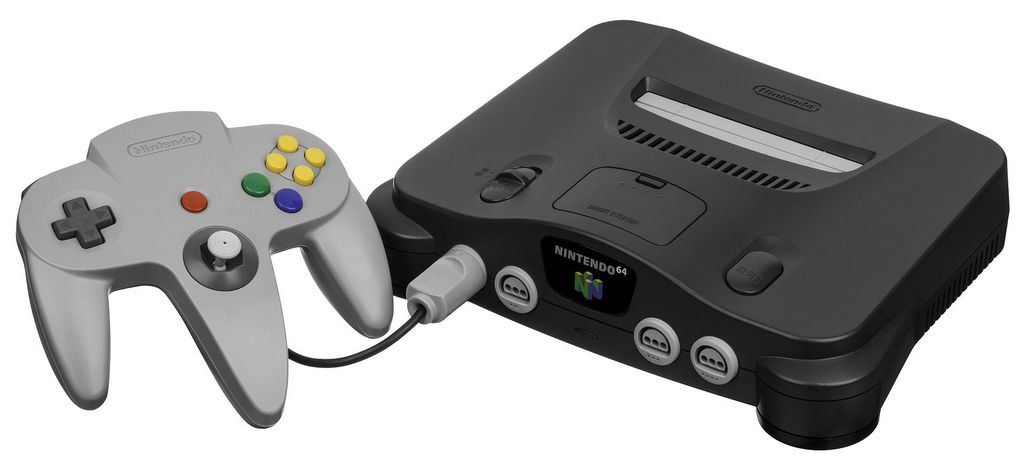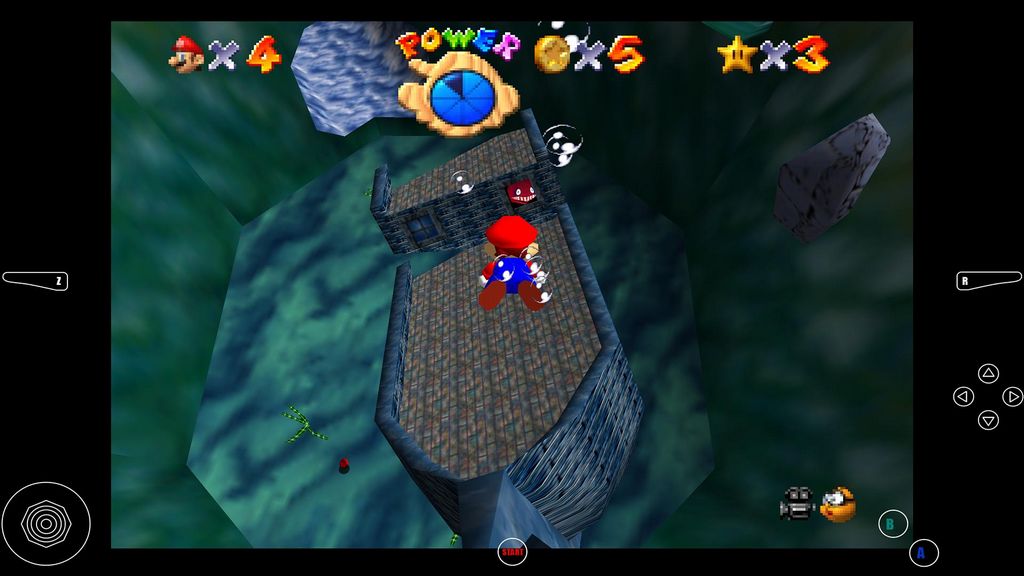It stands as an one-of-a-kind and wonderful console even by today’s requirements. Both from a technical as well as cultural point ofview, it was just stupendous. This article showcases the history of the Nintendo 64 as well as discovers it from a technological point ofview. If you’re like me, you likely have fond memories of this console. If you have an interest in the technical bits, miss ahead to the architecture.
To set the stage, the N64 was first launched in Japan in 1996. When you think of the 1990’s you may think about the pocket-sized Gameboy shade with Pokmon Red and Blue. Yet actually, the Gameboy shade really did not appear until 1998, 2 years after the N64 appeared.
The Gameboy at the time was the remarkably large and hefty, Gameboy. With a grayscale screen and loaded with 4 AA batteries, it was a brick of a gaming experience. The Gameboy pocket (a slightly smaller version of the effective gameboy) had appeared in some markets, yet really did not see the same prevalent availability as the initial Gameboy.read about it roms-download.com from Our Articles
This is to highlight the large craziness that the Nintendo 64 represented, particularly in the sub $300 price factor. The idea of a 64 little bit console with 3D graphics simply under 6 years after the 16 little bit SNES appears reasonable in hindsight however ridiculous at the time.
Allow’s dive into the systems of itself. It has a few peculiarities. You’ve possibly seen the rickety shape of the controller(and most likely if you’re reading this, you utilized it). It commonly felt that you needed three hands to really effectively make the most of the all the buttons.
You’ll discover it has an analog stick. This was the initial industrial video game with an analog stick as its primary input mechanism. The D-Pad had been the defacto requirement for years and Nintendo directly had a lot of great technology and experience with making 8-way D-Pads.
An enjoyable tale from one LucasArts programmer is that only particular members of the advancement group were enabled to recognize what the controller appeared like. So they had to be kept in a card box with openings cut in so you might reach within and manage the controller. The usual joke on the developer group is that the controller was a dish of telepathic water you stuck your hand into, however of course, you had to assume in Japanese.
Along with the trident like form, the control stick carried its face sharp, increased round ridges that if played as well hard, can leave marks on your thumb or palm. We’ll review the industrial layout and thinking behind the controller later when we start going over the technological architecture of the console itself. Let’s speak about the history of Nintendo as it aids comprehend a lot of their decisions. This area will certainly be pretty fast.
Nintendo was founded in 1889 as a Hanafuda (花札) manufacture. Hanafuda are a sort of playing card. After Japan closed all contact with the western globe in 1633, the Government outlawed the having fun cards that had been presented by the Portuguese in the mid 16th century. It was a 48 card deck with four collections and looked rather comparable to the 52 card deck we have today. In response to the ban, cards ended up being disguised, typically with blossoms.
As the Federal government caught on, they started to ban the brand-new kinds of the having fun cards. Card produces reacted by additional obfuscating the cards, become increasingly more sophisticated as time went on. Actually, to this date, Nintendo still produces Hanafuda cards themed with various video game IP that they own. The point of this introduction is that Nintendo has a background of being an underdog, taking their time, and being extremely protective/secretive about what they do.
The turning factor for Nintendo was available in 1956 when they went to the U.S.A.. The world’s biggest manufacture of playing cards at the time was headquartered there. The existing CEO (Yamauchi) was shocked to find the biggest business in their market headquartered in a tiny dingy workplace over a grocery store. When your biggest competitor in your established industry is in a tiny office, it is an excellent wakeup call that it could be time to broaden to various other markets.
In between 1963 and 1968, they explored. Taxi’s, resorts, instantaneous noodles, and vacuum cleaners were among some of the items they attempted. Nevertheless, in spite of their efforts they found they were just efficient making toys. The 1964 Olympics were in Tokyo, gave a much needed financial boom. The market for playthings was tight, competitive, and low margin. Electronic playthings had higher margins and less competitors. Nintendo had a routine of hiring talented electrical designers to run their assembly and assembly line and those designers had a routine of producing innovative remedies for problems on the line.
One particular designer developed a robot arm as a kind of plaything. It was a clever layout that took advantage of what got on hand. Hiroshi Yamauchi, the CEO of Nintendo, came through the manufacturing facility in 1966 and saw the plaything of what it was. They asked him to design it completely, which became the Ultra Hand and was a significant success. The engineer, Gunpei Yokoi, went on to make the Game & Watch Collection and supervise Donkey Kong, Mario Bros, Metroid, the Virtual Kid, to name a few. It was Yokoi who claimed:
The Nintendo means of adjusting innovation is not to look for the state of the art yet to make use of fully grown technology that can be mass-produced cheaply.
Another one of their initial actual hits was the Nintendo Beam Of Light Gun, a duck quest like game. Bear in mind, Pong wasn’t even on the marketplace yet. Nintendo bought up old bowling lanes and made indoor shooting galleries with their light weapons. This verified to be costly to maintain as it required space and personnel so they decided to focus on home consoles and games instead of running their very own areas. The popular Mr. Video game & Watch was launched in 1981.
The video game market in the USA crashed in 1983. While the precise cause is somewhat of an enigma, Nintendo greatly attributed it to a proliferation of crappy high quality video games that wore down consumer trust fund. Settlements with Atari to rearrange their home console, the Famicon (or the NES as it would later on be known) had broken down, Nintendo had not been a gamer in the US market. This left simply Sega (another Japanese business) and Nintendo as huge gamers in the computer game industry. Nintendo determined they would not duplicate the error of Atari and various other US based firms and concentrate on each game they released having a seal of top quality and approximately their demanding requirements. This pattern proceeded until the later years of the Nintendo switch, where the bar for access was reduced rather.
The Nintendo 64
Currently let’s take concerning the N64 itself. One noteworthy function about it is that the N64 was going to have a hard disk add-on (known as the N64DD). The project was started back in the SNES days as Nintendo partnered with another company to develop the drive, Sony. Fairly late in the task, Nintendo took out for unidentified reasons. Sony, not surprisingly huffed, determined to continue the job on their own, ultimately creating the PlayStation. Nintendo likewise wanted to call it the Ultra 64, which you may see in chip names (NUS or Nintendo Ultra Sixty-four). Konami had the copy right of numerous ultra-like games (Ultra Football, Ultra Tennis, and so on). Thinking through the ramifications, they rebranded to N64.
Leading up the launch of the N64, Nintendo truly went on the hype circuit. At the time, a firm called Silicon Video Inc (SGI), was known as a graphical technological giant. For eight years (1995-2002) all the movies nominated for an academy honor for aesthetic results had their impacts created on SGI systems. You might think about them as the NVIDIA of their day.
A SGI Onyx system, utilized for N64 growth, retailed for around $100,000-250,000 in very early 1995
When Nintendo was marketing what the full power of the an SGI system in a home console type variable with a home console price. This wasn’t aided by the fact that the demos that Nintendo displayed were made on the unbelievably expensive Onyx server-class systems. We have actually obtained made use of to amazing quantities of computing power being crammed right into every smaller sized rooms thanks to mobile phones and the cloud, yet to put it in perspective, this would certainly resemble Microsoft hinting that the following Xbox would certainly have the same power as a whole Azure shelf.
The Onyx systems visualized above were in fact often what was made use of for N64 advancement. In fact, one game workshop told a rather amusing tale a few years later at a gaming convention regarding getting a phone call from the FBI asking why they were acquiring a number of army course super computers. Commonly, this system would be utilized for developing 3d models, re-topologizing them, developing the code, and since the style was similar sufficient, even run N64 simulations.


